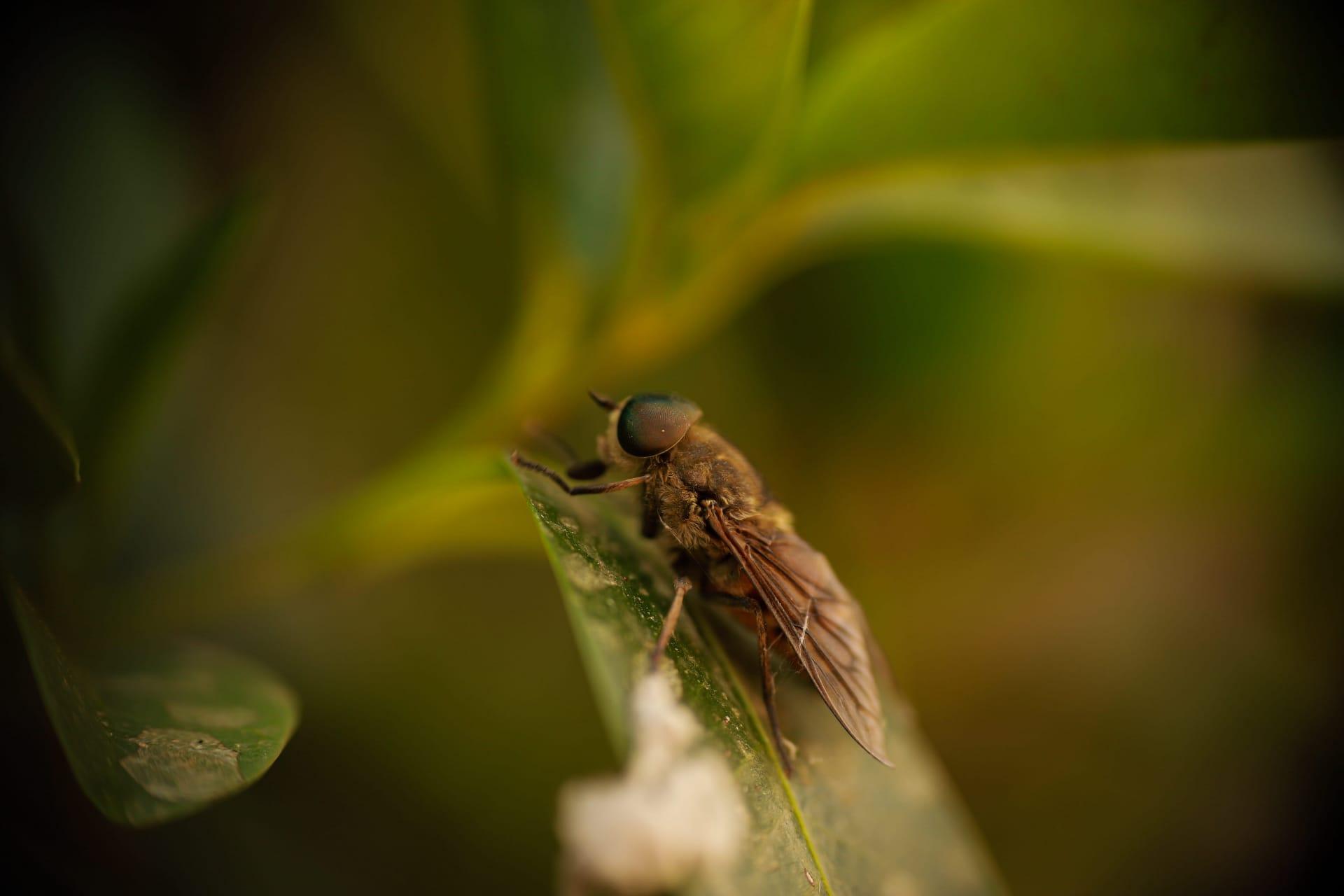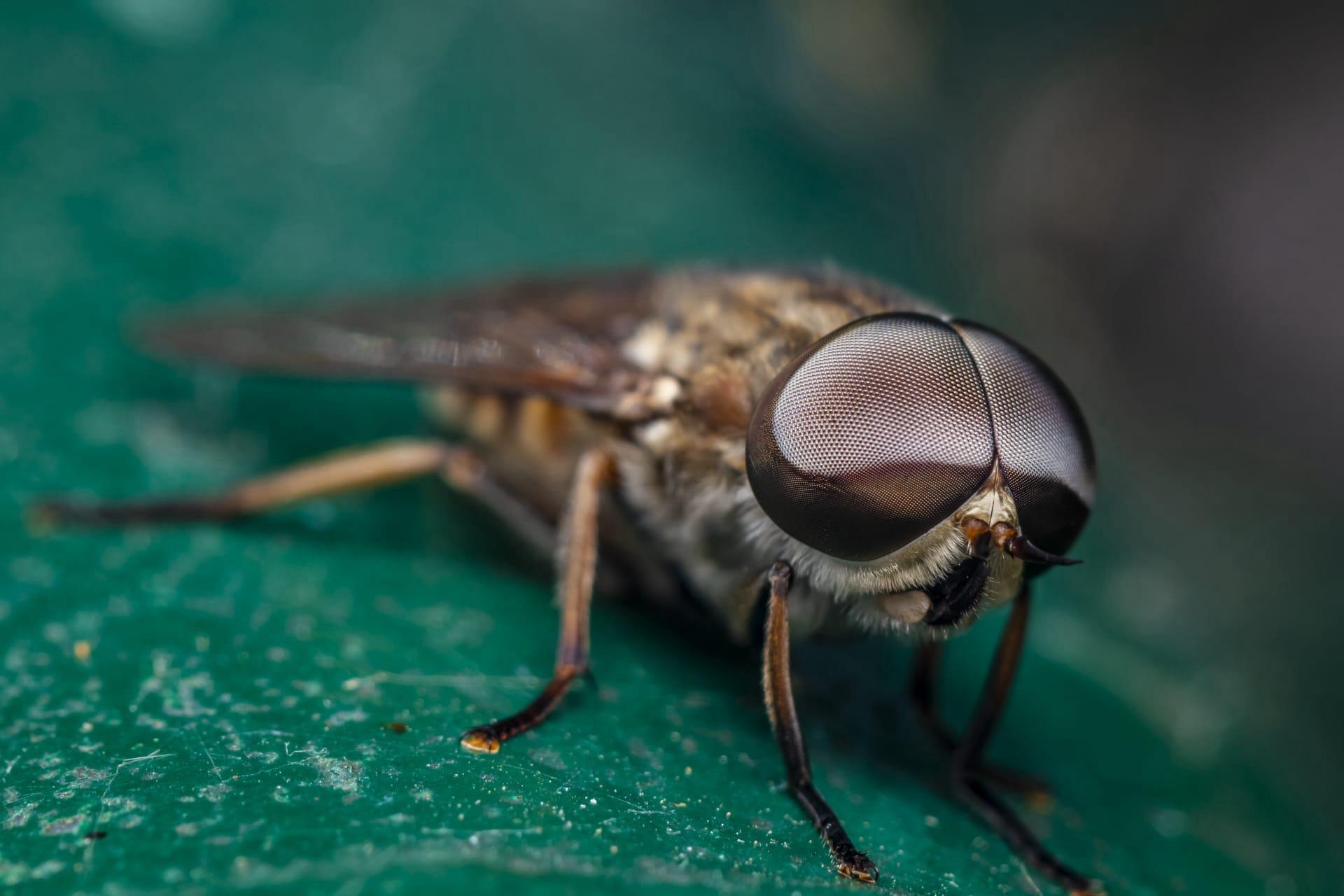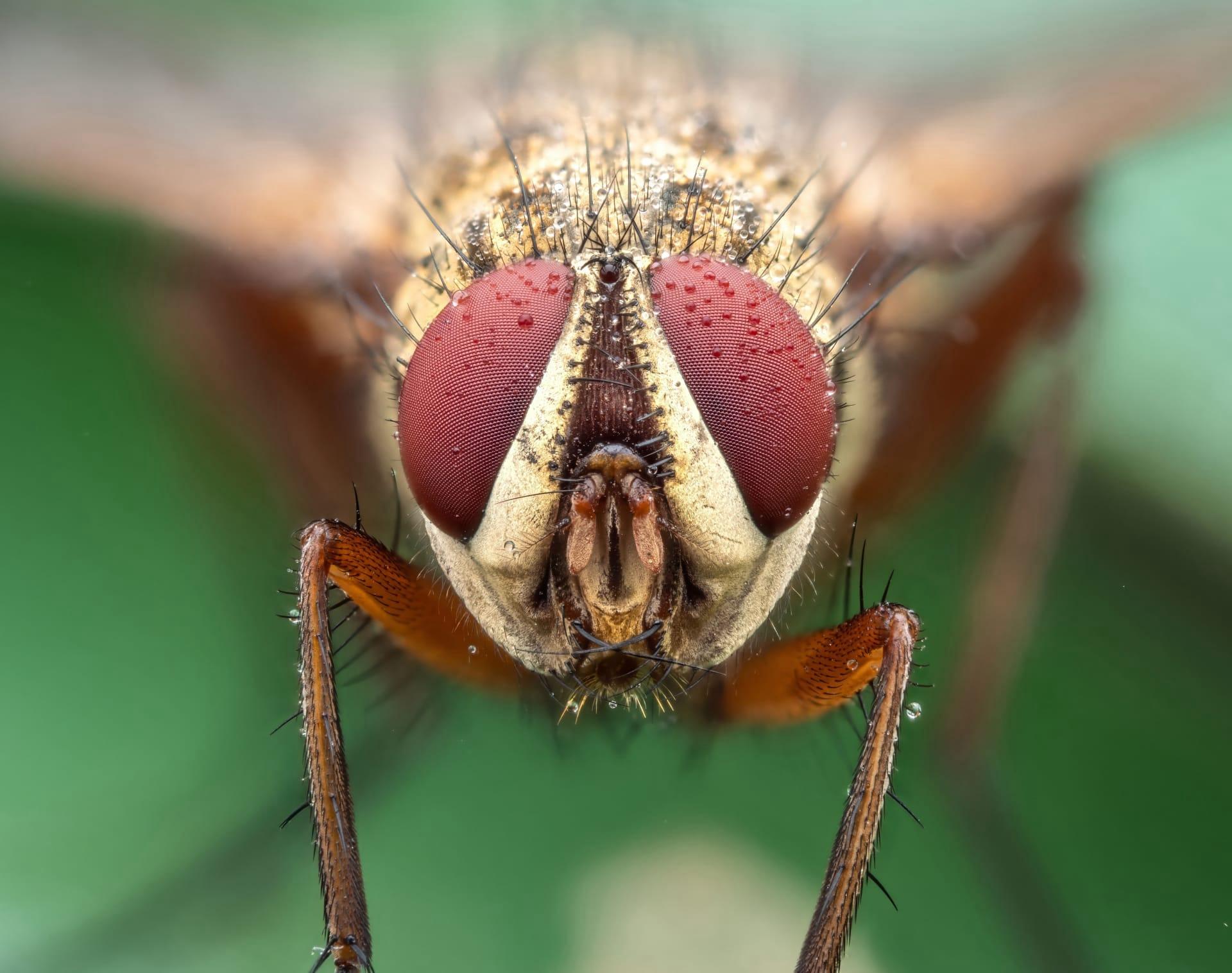Horseflies Trivia
- Home /
- Trivia Question /
- Animal /
- Horseflies Trivia
1
Question: How many species of horseflies are there, and where are they commonly found?
Answer: There are over 3,000 species of horseflies globally. They thrive in warm, humid environments, often near bodies of water where their larvae develop. These insects are widespread, found in every continent except Antarctica. Their prevalence varies, with some species more concentrated in areas like North America and Europe.
Question: What is the average lifespan of a horsefly?
Answer: Horseflies have a relatively short lifespan. Adult horseflies typically live for around 30 to 60 days. However, their entire life cycle from egg to adult can span up to a year. The larval stage, which occurs in water or moist soil, can last up to several months depending on environmental conditions.

2
Question: Do horseflies transmit diseases to humans?
Answer: Contrary to a common misconception, horseflies are not major vectors of human diseases. However, their bites can be painful and may cause allergic reactions in some people. In animals, they are known to transmit diseases like equine infectious anemia.
Question: Are all horseflies bloodsuckers, and do both males and females bite?
Answer: Only female horseflies feed on blood, which they require for egg production. Males primarily feed on nectar and are not equipped to bite. Females use their sharp mouthparts to cut the skin and feed on the blood, often causing noticeable discomfort to their hosts.

3
Question: How do horseflies locate their hosts?
Answer: Horseflies are equipped with highly developed compound eyes, which allow them to detect movement and contrast in the environment. They are attracted to large, dark moving objects and carbon dioxide, making both humans and animals prime targets. Their vision is most effective in bright sunlight.
Question: What is the role of horseflies in the ecosystem?
Answer: Horseflies play a significant role in the ecosystem. Their larvae, typically found in wetlands, help in the decomposition process and serve as food for other creatures. Adult horseflies, particularly males, contribute to pollination due to their nectar-feeding habits.

4
Question: Can horseflies bite through clothing?
Answer: Horseflies have strong and sharp mouthparts capable of biting through thin clothing. However, they cannot penetrate thicker materials like denim. Wearing light-colored and thick-textured clothing can help reduce the risk of bites.
Question: How fast can horseflies fly, and how does this impact their ability to pursue hosts?
Answer: Horseflies are swift fliers, with some species capable of reaching speeds up to 90-150 kilometers per hour (56-93 miles per hour). This speed, combined with their agility, makes them effective in pursuing hosts over long distances, contributing to their reputation as relentless biters.

5
Question: How do horseflies contribute to the control of animal populations?
Answer: While not a primary factor, horseflies can indirectly influence animal populations. Their painful bites can cause stress and reduce the feeding efficiency of livestock, potentially impacting their health and reproduction rates. In wild animal populations, similar stress effects can influence behaviors and survival.
Question: What methods are effective in repelling horseflies?
Answer: Effective methods to repel horseflies include using insect repellents containing DEET, wearing light-colored clothing, and avoiding areas near water bodies during peak activity times. For livestock, the use of protective coverings and installing fans (as horseflies are poor fliers in windy conditions) can be beneficial.